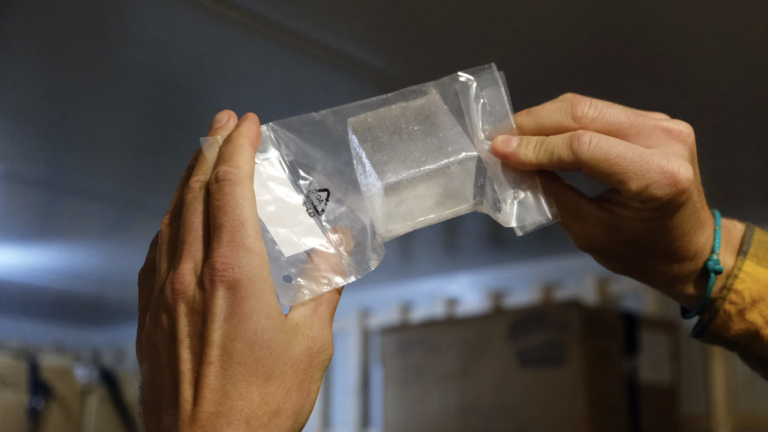
Photo Credit
Courtesy Photo
Moving quickly and carefully in two layers of gloves, Florian Krauss sets a cube of ice into a gold-plated cylinder that glows red in the light of the aiming laser. He steps back to admire the machine, covered with wires and gauges, that turns polar ice into climate data.
If this were a real slice of precious million-year-old ice from Antarctica and not just a test cube, he'd next seal the extraction vessel under a vacuum and power on the 150-megawatt main laser, slowly causing the entire ice sample to sublimate directly into gas. For Krauss, a PhD student at the University of Bern in Switzerland, this would unlock its secrets, exposing the concentrations of greenhouse gases like carbon dioxide trapped within.






